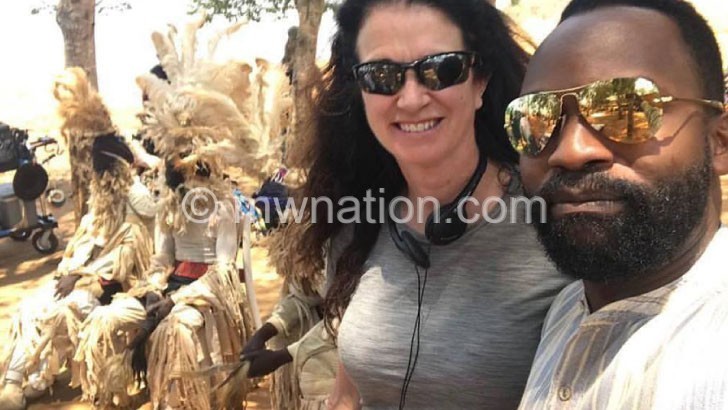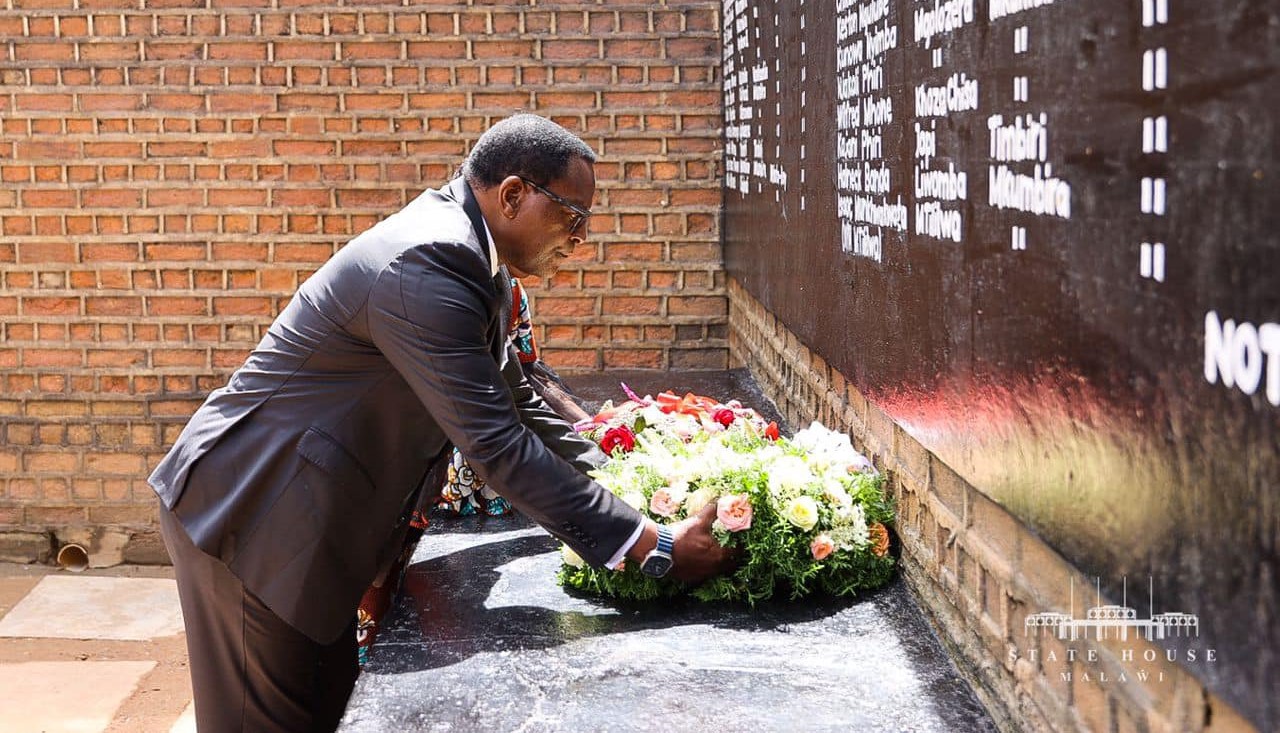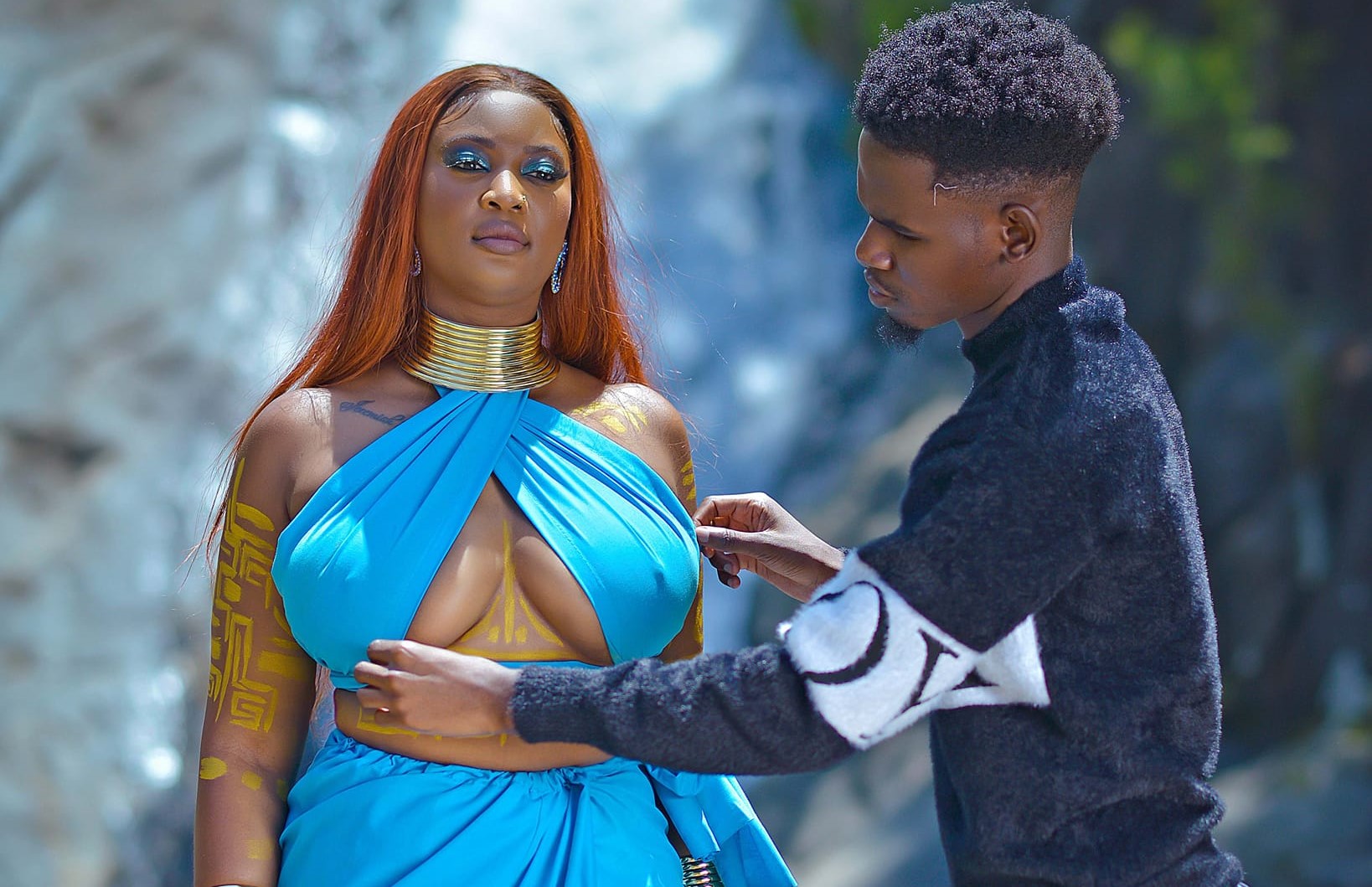Kambalu takes nyau to the world
In 2008, the United Nations Science and Cultural Organisation (Unesco) inscribed Gulewamkulu in the intangible cultural heritage of humanity list. Performed after harvest, during weddings, funerals and chief installations among the Chewa people of Zambia, Mozambique and Malawi, Gulewamkulu is believed to have come on the scene in the 17th Century.

Samson Kambalu is one Malawian going far and wide to take Gulewamkulu, or Nyau as it is otherwise known, to the world. His latest exploits are evident in the recently world-acclaimed movie The Boy Who Harnessed the Wind. Apart from featuring in the movie as the shop-keeper Joe Godsten, the London-based fine arts professor was the movie’s cultural consultant. He also translated the script into Chichewa.
Gulewamkulu appears at the onset of the film, directed by the Nigerian Chiwetel Ejiofor who had to learn Chichewa for his part as Trywell Kamkwamba, an uncle to the protagonist William Kamkwamba. Several Gulewamkulu characters, including a makanja open the set, walking down the savannah grassland known locally as chipeta.
When William’s father John dies in a maize field, Gulewamkulu appear at the graveyard to appease chief Wimbe and his subjects. As a matter of fact, one character brings out the sorrow to the fore, tearfully rubbing its eyes. A fruitless effort, as it is masked.
Further, the Gulewamkulu is used greatly to bring out the people’s desperation when the pangs of hunger were heavily stinging. The characters become as weak as the general populace and when William’s dog, Khamba, dies of hunger, a grieving Gulewamkulu is not far from the scene.
As a matter of fact, the masks reappear on the death of chief Wimbe, who had spoken against the president of not doing much to end the hunger.
This is not the first time that Kambalu, who was born in 1975, has taken Nyau onto the international contemporary art scene. It has constituted a greater part of his work since his days as a student at Chancellor College where he studied Fine Arts and Ethnomusicology before pursuing an MA in Fine Arts at the Nottingham Trent University. He obtained his Fine Art PhD at Chelsea College of Art and Design.
Currently, he is a professor of fine art at the world top university Oxford, Magdalene College.
His Nyau film and visual art works have seen world-renowned spots like the Tokyo International Art Festival in Japan, the Dakar Biennale in Senegal, not to mention exhibitions in the USA, Switzerland, London and the Czech Republic.
At the moment, the Goodman Gallery in South Africa is hosting Kambalu’s exhibition. Titled Nyasaland Analysand (note the play around on the letters in Malawi’s colonial name), the works transport you into a radical past. The word analysand means ‘someone undergoing psychotherapy’.
The exhibition has been running since March 16 and it will close on April 13. The works, which we have seen, depict three Malawi dances: Beni, Mganda and Malipenga. It also spots men donning uniforms worn by the Keyala—a corruption for the soldiers of the King’s African Rifles (KAR).
It must be noted that the three dances have their roots in the African soldiers in the colonial military, men who fought and died in a war not theirs. Nyau Cinema is also on show.
According to Contemporary And, an art magazine on contemporary art from Africa and its global diaspora, for Kambalu these dances and other forms of fusion of different cultures, philosophies and religions reflect a type of hysteria.
“I think Africans subjected to Western culture and then bewildered by it turn their experiences into a dance as a means of coping with it,” Kambalu tells the magazine.
In 2008, Kambalu published The Jive Talker: Or, How to Get a British Passport. Here is a book that got international attention, including reviews by renowned newspapers like The Guardian and The Telegraph.
The book is Kambalu’s memoir of growing up in Dr Kamuzu Banda’s Malawi. The Jive Talker is a moniker for his father, whom he describes as eccentric, egotist, bully and drunk who would rouse his entire family to a lecturer on the German philosopher Frederico Nietzsche.
At times, Kambalu has been controversial. A case in point is in 2000, when he made the Holy Ball. That was the introduction to the world of Holyballism. He tore pages of the Bible and rolled them into balls, which people threw around.
“I made the Holy Ball as a dissenting Christian and as homage to Gulewamkulu. In a globalised world, all values—religious, social, economic,cultural are up for question,” he says in one interview.
It is clear that the radical Nietzsche ideas have stuck with Kambalu.
Like him or loathe him, Kambalu has one point to prove, at the moment: He is the Emperor in the Nyau artistic expression empire.





